For every two Vietnamese people who go to university, only one goes to vocational school, while the world trend is that the number of people going to vocational school is always 2-5 times more than the number of people going to university.
At the International Forum on Vocational Education on the morning of October 24, Mr. Dao Trong Do, Director of the Department of Continuing Education, General Department of Vocational Education, Ministry of Labor, War Invalids and Social Affairs , said that Vietnam has about 52 million people of working age, accounting for more than half of the population. However, the labor qualifications of Vietnamese people are generally low, with an imbalance between groups.
Mr. Do gave an example that in most countries in the world, the labor education structure is pyramidal. For every university graduate, there will be 2-3 college graduates, and 3-5 intermediate-level graduates. However, domestic statistics show that Vietnamese people tend to choose an education level opposite to the rest of the world.
"For every university graduate, there are only 0.42 people participating in vocational education. Vietnam's human resources are concentrated in university graduates and above with 10.9%, college graduates 3.7%, intermediate graduates 4.3% and primary graduates 4.7%," said Mr. Do.
As a result, the human resource structure is uneven between training levels, causing local surpluses and shortages. Mr. Do said that some areas have surplus human resources, such as the economic sector, but highly skilled human resources in direct production sectors are "severely lacking".
As for the Logistics industry, Mr. Do assessed that this is a new, potential industry with a large demand for human resources, but requires high-quality labor. Meanwhile, only a few vocational schools provide training in this industry, or a similar industry. The Commercial Law also only recognizes Logistics as a commercial activity, not yet a key economic sector.

Mr. Dao Trong Do, Director of Continuing Education Department, General Department of Vocational Education, Ministry of Labor - Invalids and Social Affairs, at the conference on the morning of October 24. Photo: Thanh Hang
To balance the structure of the workforce, the General Department of Vocational Education believes that it is imperative to find ways to increase the number of vocational students. By December 2022, vocational schools had recruited nearly 2.45 million students, the highest in the past 5 years. The General Department assessed this as a positive signal, becoming a driving force for vocational education enrollment in the coming period. However, of these, only more than 500,000 people studied at intermediate and college levels, the rest studied short-term programs.
Regarding solutions to increase the rate of highly skilled workers, experts emphasize the need to promote links between businesses and schools.
Mr. Wayne Striplin, Director of International Operations, Strategix International College, Australia, said that when vocational schools cooperate with businesses, lecturers will clearly understand the current and future needs of businesses. This helps the school adjust its plans and teaching programs. If necessary, the school can open new short-term training courses, equipping students with the skills that businesses need.
From the business perspective, Ms. Tran Thi Lan Anh, Director of the Office of Employers, Vietnam Federation of Commerce and Industry, said that she realized that participating in the training process of learners is both a need and a challenge for businesses. This can help businesses train quality students that meet their needs, but it also requires a lot of effort and time.
Currently, the country has more than 1,900 vocational schools, including 400 colleges, more than 460 secondary schools and nearly 1,050 vocational education centers. The government aims to have 2.5-2.7 million vocational students by 2025, of which 25% will have college and secondary education. By 2030, the number of students will increase to 3.8-4 million, of which 25-30% will have college and secondary education.
Thanh Hang
Source link







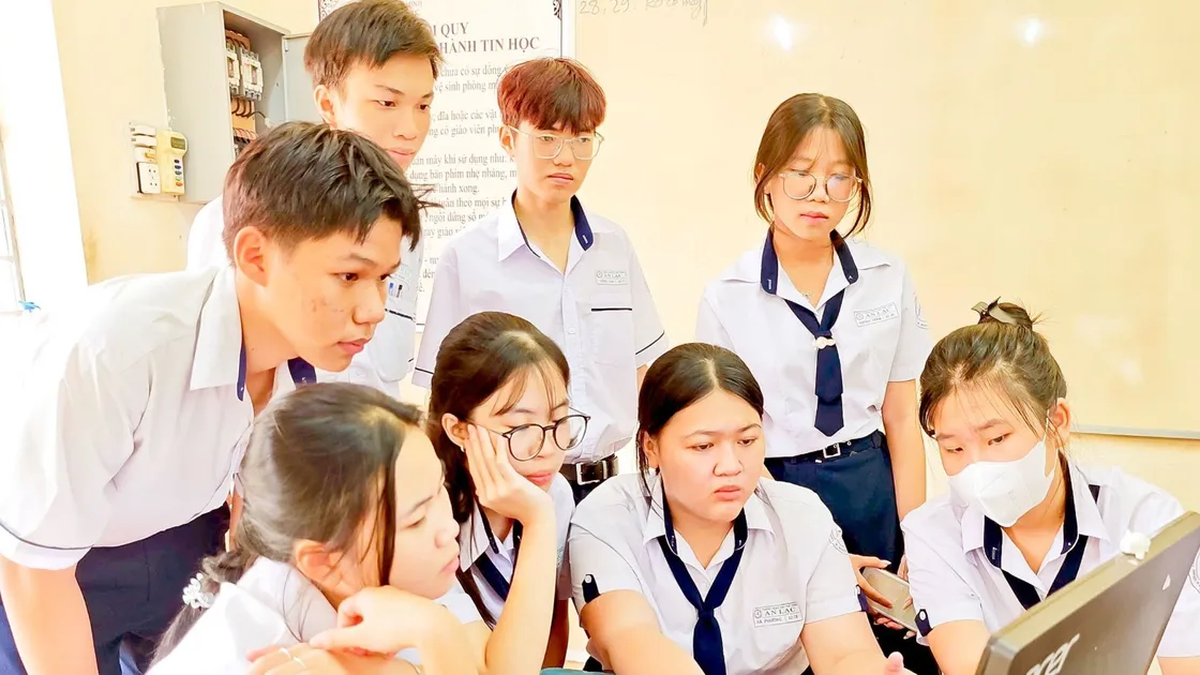



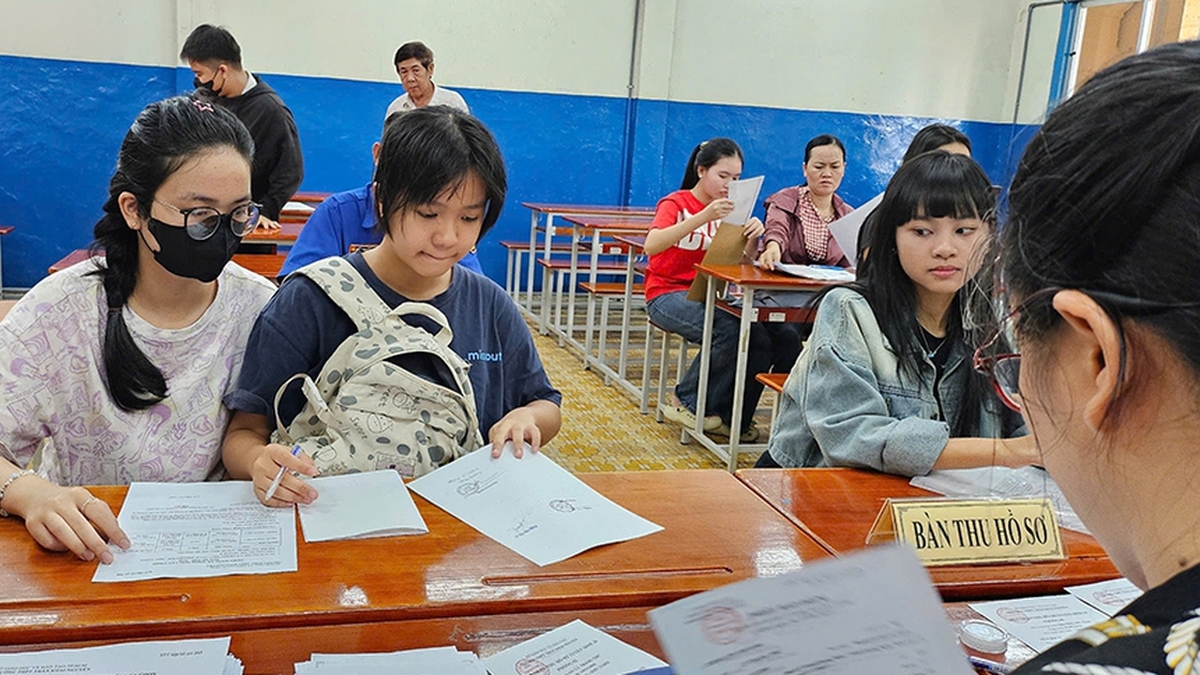













![[Photo] Signing of cooperation between ministries, branches and localities of Vietnam and Senegal](https://vphoto.vietnam.vn/thumb/1200x675/vietnam/resource/IMAGE/2025/7/24/6147c654b0ae4f2793188e982e272651)














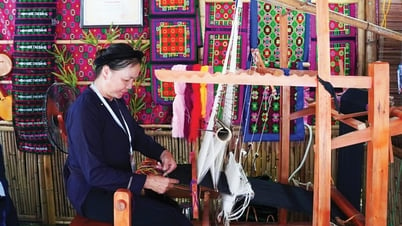


























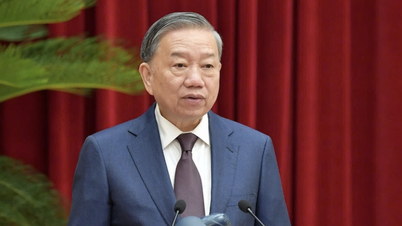

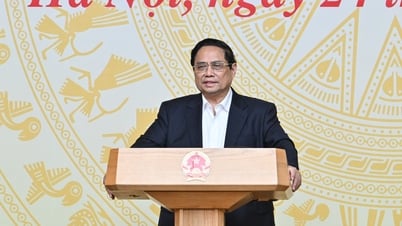



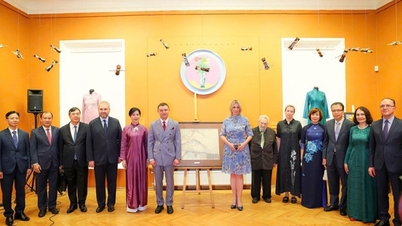



























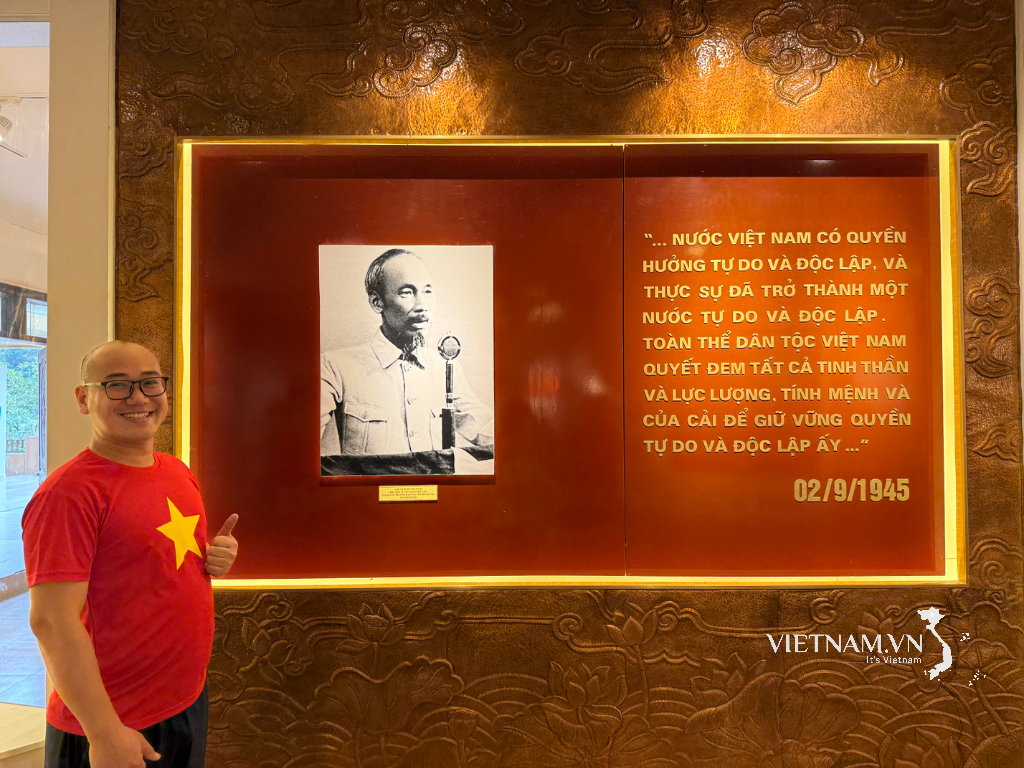

Comment (0)